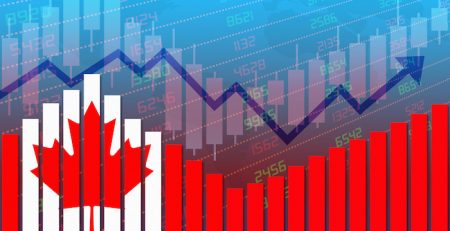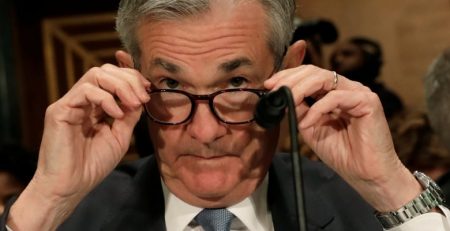BoC signals earlier rate hike, upgrades growth forecast
[Source: The Globe and Mail, April 12, 2017]
The Bank of Canada is signalling that its first interest rate hike since 2010 could be less than a year away as the Canadian economy continues to grow faster than expected.
The central bank once again kept its key overnight rate unchanged Wednesday at 0.5 per cent, where it has stood since July 2015.
But the bank acknowledged what most economists have been saying for months – that the Canadian economy is gaining traction, upgrading its forecast for gross domestic product growth this year to 2.6 per cent, from its January estimate of 2.1 per cent.
The bank highlighted the red-hot Toronto area housing market, recent job gains, a resumption of oil patch investment and higher consumer spending from Ottawa’s enhanced child tax benefit.
“Economic growth has been faster than expected,” the bank said in a statement.
“While the recent rebound in GDP is encouraging, it is too early to conclude that the economy is on a sustainable growth path.”
Governor Stephen Poloz’s recent musings about a possible rate cut seem to be off the table.
The bank also issued a warning about increased speculation in the Toronto-area housing market amid spiking sales, starts and prices. “Price growth in the [Greater Toronto Area] has accelerated and seems to have entered a phase in which speculation is playing a larger role,” the bank said in its April Monetary Policy report, released Wednesday.
The backdrop to the brighter domestic outlook includes strengthening global growth and expansion in the U.S., which is now close to full employment, the bank said.
The economic news is not unambiguously good for Canada. The bank has downgraded the potential of the Canadian economy to grow as a result of persistently weak business investment and falling labour productivity. The combination of faster growth this year and weaker potential growth means the economy is now on track to reach full capacity in the first half of next year. The bank had previously set a target of “around mid-2018.”
That suggests the bank’s first interest rate hike since September 2010 could come as early as the first half of next year.
The bank’s calculation that the economy will reach full capacity faster than expected means the “timetable for a first rate hike is also moving up,” Canadian Imperial Bank of Commerce economist Avery Shenfeld said in a research note.
But Toronto-Dominion Bank economist Brian DePratto said Mr. Poloz remains focused on the “soft spots “ in the economy, including weak wage growth and sluggish exports. “It seems to be all about the negatives for Governor Poloz,” Mr. DePratto said.
The bank’s brighter near-term outlook is tinged with numerous caveats, including its assessment that at least some of the economy’s fast start to the year may be “temporary.”
The bank also warned that “a notable increase in global protectionism” is now the greatest source of uncertainty buffeting the Canadian economy.
Canada is facing a raft of potential threats in the U.S. – the destination for nearly three-quarters of its exports. These include pending tariffs on softwood lumber, a proposed border tax, Buy American restrictions and the renegotiation of the North American free trade agreement (NAFTA).
And that is holding back business investment in Canada.
“The economic upturn is not yet perceived to be sufficiently certain or sustainable to warrant major investment expenditures,” the bank said in its Monetary Policy Report. “Canadian firms remain wary, in part because of concerns about increased protectionism, reduced competitiveness of Canadian firms in the event of corporate tax cuts and regulatory changes in the United States.”
So while the economy is doing better this year, the bank expects growth to slow significantly in 2018 and 2019. It’s now forecasting GDP growth of 1.9 per cent in 2018, down from a projection of 2.1 per cent, and 1.8 per cent in 2019.
On inflation, the bank said that while the consumer price index is currently at the bank’s two per cent target, key measures of “core” inflation have been “drifting down in recent quarters,” according to the statement.











